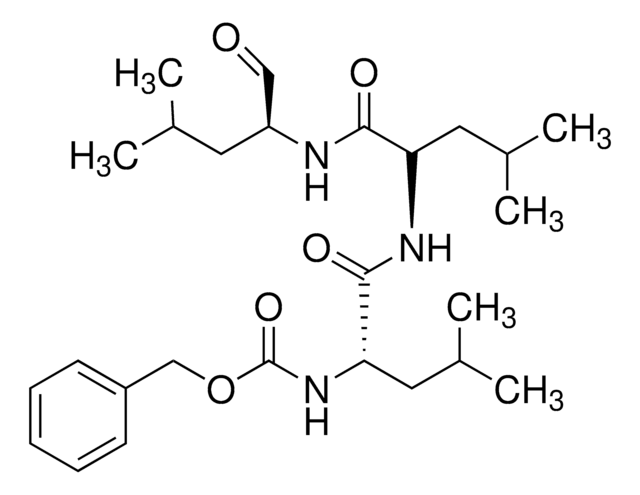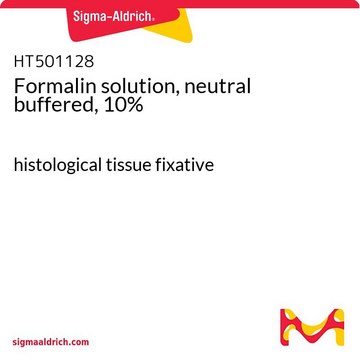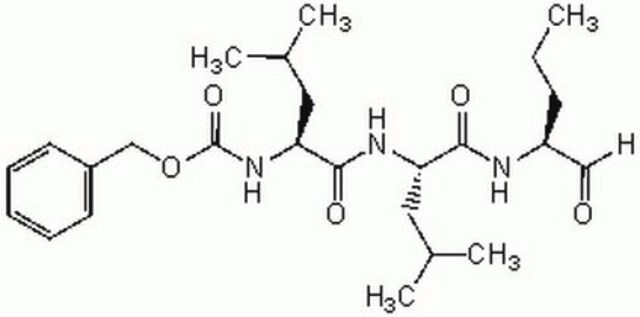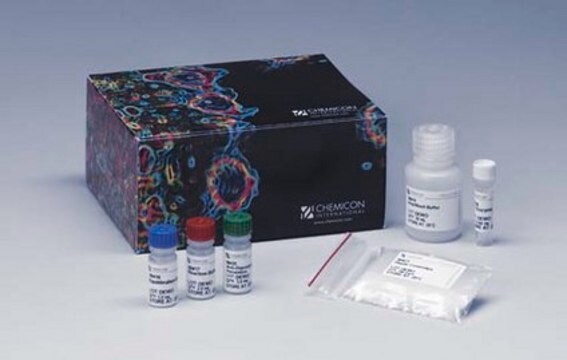Key Documents
C6706
Z-Leu-Leu-Norvalinal
≥90% (HPLC), powder
Synonim(y):
MG115, Z-LLnV
About This Item
Polecane produkty
Próba
≥90% (HPLC)
Postać
powder
kolor
white
rozpuszczalność
DMSO: soluble
temp. przechowywania
−20°C
ciąg SMILES
CCC[C@H](NC(=O)[C@H](CC(C)C)NC(=O)[C@H](CC(C)C)NC(=O)OCc1ccccc1)C=O
InChI
1S/C25H39N3O5/c1-6-10-20(15-29)26-23(30)21(13-17(2)3)27-24(31)22(14-18(4)5)28-25(32)33-16-19-11-8-7-9-12-19/h7-9,11-12,15,17-18,20-22H,6,10,13-14,16H2,1-5H3,(H,26,30)(H,27,31)(H,28,32)/t20-,21-,22-/m0/s1
Klucz InChI
QEJRGURBLQWEOU-FKBYEOEOSA-N
informacje o genach
human ... PSMA1(5682) , PSMC1(5700)
mouse ... PSMA1(26440) , PSMC1(19179)
rat ... PSMA1(29668) , PSMC1(117263)
Amino Acid Sequence
Działania biochem./fizjol.
Kod klasy składowania
11 - Combustible Solids
Klasa zagrożenia wodnego (WGK)
WGK 3
Temperatura zapłonu (°F)
Not applicable
Temperatura zapłonu (°C)
Not applicable
Środki ochrony indywidualnej
Eyeshields, Gloves, type N95 (US)
Certyfikaty analizy (CoA)
Poszukaj Certyfikaty analizy (CoA), wpisując numer partii/serii produktów. Numery serii i partii można znaleźć na etykiecie produktu po słowach „seria” lub „partia”.
Masz już ten produkt?
Dokumenty związane z niedawno zakupionymi produktami zostały zamieszczone w Bibliotece dokumentów.
Klienci oglądali również te produkty
Nasz zespół naukowców ma doświadczenie we wszystkich obszarach badań, w tym w naukach przyrodniczych, materiałoznawstwie, syntezie chemicznej, chromatografii, analityce i wielu innych dziedzinach.
Skontaktuj się z zespołem ds. pomocy technicznej







